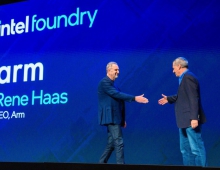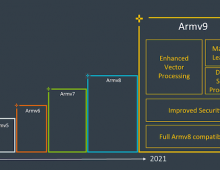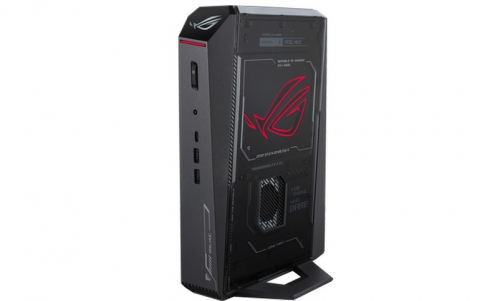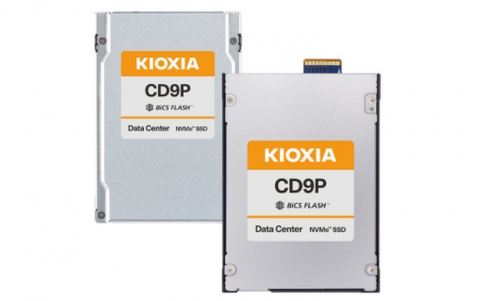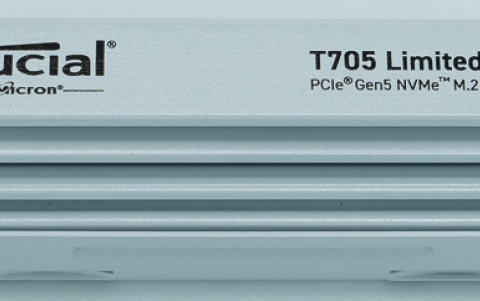
ARM Unveils New Cortex-A35 Mobile Processor, Brings Security To The Internet of Things
ARM released a the Cortex-A35 chip design Tuesday that should bring performance to low-cost smartphones aimed at fast-growing markets. The company also announced TrustZone, a security technology used in its smartphone processors down to these smaller chips. The ARM Cortex-A35 processor is the first CPU in a new family of ultra-high-efficiency ARMv8-A processors designed for high-growth mobile and embedded applications. Cortex-A35 has been designed to open up greater user experiences enabled by the ARMv8-A architecture with its 64-bit capable and 32-bit computational capability and complete set of cryptography features. ARM expects the Cortex-A35 to begin shipping in production silicon from its partners by late 2016.
The Cortex-A35 is the most efficient Cortex-A class CPU ever designed by ARM. It takes the power profile of Cortex-A7 and its ARM big.LITTLE multi-core configurability and combines it with the software maturity and 64-bit compute performance of the ARMv8-A architecture. Cortex-A35 also delivers an average of 20 percent greater performance and efficiency across a range of 32-bit mobile workloads relative to Cortex-A7 while consuming less than 90mW total power per core when operating at 1GHz in a 28nm process node.
ARM says that the 64-bit capable Cortex-A53 consumes about 33 percent less power per core and occupies 25 percent less silicon area, relative to the Cortex-A53.
ARM TrustZone
Also announced today at ARM TechCon 2015 was TrustZone technology, which ARM says it will make it harder for hackers to break into IoT networks and meddle with things like industrial equipment, medical devices and networked cars.
Available as a feature within the latest ARMv8-M architecture, TrustZone helps secure data, firmware, and peripherals by creating separate trusted and non-trusted states across the processor system.

"Security is critical, yet small embedded devices often have limited protection or are secured with software-managed security that requires developers to have significant technical expertise. By moving the protection down into the hardware architecture, as is achieved with ARMv8-M, we are making security easier to implement and much more efficient," said said Mike Muller, chief technology officer, ARM.
TrustZone is in all of ARM's Cortex-A class processors, and will come to new versions of its smaller Cortex-M chips as well, in the form of the new ARMv8M architecture.
Beyond the architecture, ARM is taking data protection to the next level with the TrustZone CryptoCell product family. The security technology creates an additional layer of hardware security and enables the isolated storage of high value assets, offering optimized cryptography and the lifecycle management of key materials.
The new architecture makes it easier for developers to write code that spans from energy-efficient to the highest performing ARMv8-M based processor. It also makes it easier to integrate low power ARM Cortex-M processors alongside more powerful Cortex-A processors, to allow the development of higher performance system-on-chip (SoC) products.
To complement the ARMv8-M architecture, the ARM AMBA 5 AHB5 specification has been launched to extend the TrustZone security foundation from the processor to the entire system for embedded designs. This new version of the AHB interconnect standard is available to download and adds security controls as well as extended memory types required for higher performance embedded systems. AMBA 5 AHB5 supports ARMv8-M architecture and TrustZone technology.



